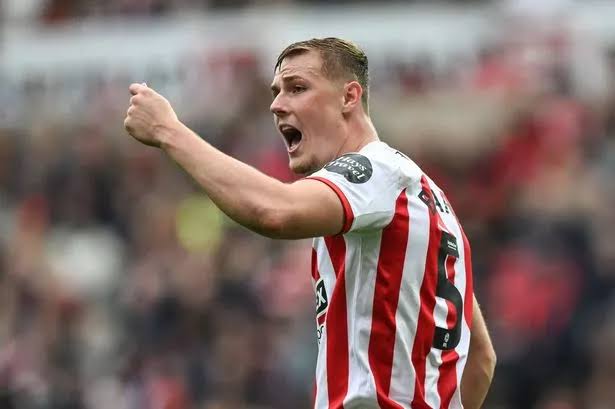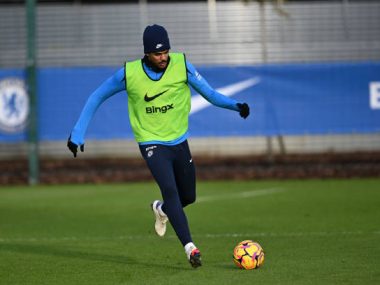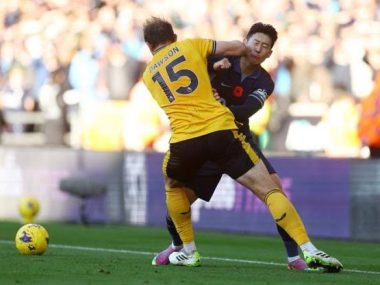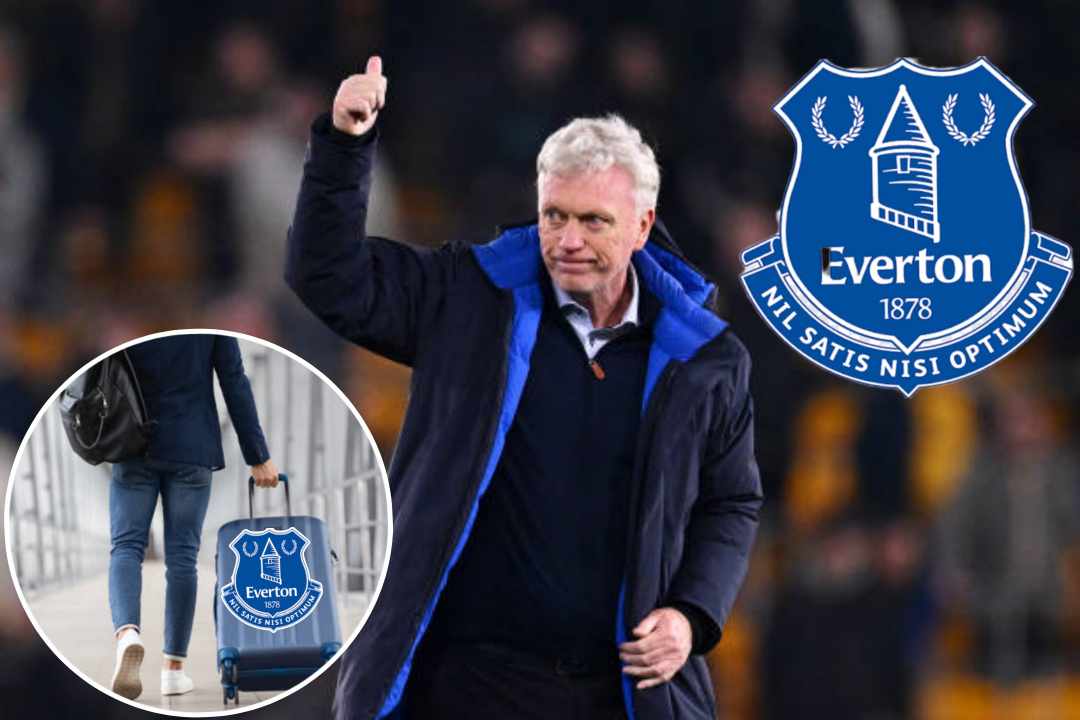Dan Ballard’s Future at Sunderland: Can He Adapt to Régis Le Bris’ Demands?
If someone had told me at the start of this season that I would find myself questioning Dan Ballard’s place in Sunderland’s future, I would have dismissed them as delusional. Yet, here I am, in mid-December, with 20 games played, 37 points on the board, and writing precisely that.

For the past four seasons, as Sunderland embraced a model focused on developing young players, I’ve upheld a personal tradition: choosing a player I believed would have a breakthrough year and getting their name on the back of the season’s away shirt. This year, it’s ‘Mundle’ emblazoned on the back of the beautiful Hummel throwback kit. Last season’s pink-and-purple variation bore Chris Rigg’s name, while my yellow 2021/22 shirt honored Dan Neil. It’s a decent track record, though I’m under no illusions that my choice influenced their development.
My 2022/23 sky-blue shirt carried the name ‘Ballard.’ From the moment Dan Ballard joined from Arsenal’s academy, I had high hopes for him. Under Tony Mowbray’s tutelage—a former no-nonsense center-half himself—Ballard thrived. His physicality, aerial dominance, positional awareness, and leadership qualities endeared him to Sunderland fans. I even earmarked him as a future club captain. His emergence likely contributed to the club’s decision to allow Danny Batth to move on.
Yet, the arrival of Régis Le Bris has introduced a new dynamic. The Frenchman’s tactical philosophy emphasizes a fluid, possession-based style that revolves around intricate play and problem-solving on the pitch. Central to this system is his love of triangles, with midfielders linking up seamlessly with full-backs and wingers.
For Sunderland, this approach relies on players like Jobe Bellingham and Chris Rigg aligning with their respective flanks. Dan Neil operates as the pivot, dropping between the center-halves to form a back three. This provides defensive cover while enabling both full-backs to push forward. Crucially, Le Bris’ system demands that all three players in the backline—Neil and the two center-halves—are adept at initiating attacks.
For someone like Luke O’Nien, this system is a perfect fit. His ability to carry the ball forward, find his triangles, and execute crossfield passes allows him to thrive. Similarly, Chris Mepham, calm and assured in possession, has adapted well to Le Bris’ demands. Mepham may not play raking passes as frequently as O’Nien, but he has shown his ability to do so, as evidenced by his exquisite ball to Mayenda against Bristol City.
Ballard, however, has struggled to adapt to these tactical demands. Against Stoke, he started brightly, carrying the ball out of defense with intent. But as the game progressed, he reverted to a traditional center-half role, leaving O’Nien and Neil to drive Sunderland’s attacking play. Against Bristol City, Ballard’s contribution as an attacking force was minimal, forcing Jobe to drop deeper in search of solutions.
This isn’t to say Ballard has suddenly become a bad player—far from it. His defensive qualities remain as strong as ever. But Le Bris’ system has exposed certain limitations in his game, particularly his ability to initiate play from the back. Unfortunately for Ballard, others in the squad appear better suited to the manager’s style.
O’Nien and Mepham are currently ahead of him in the pecking order, while Aji Alese—who started the season impressively before injury struck—fits seamlessly into Le Bris’ plans. Then there’s Jenson Seelt, whose potential as a ball-carrying defender was evident before his injury. Nectarios Triantis, meanwhile, is developing as a No. 6 at Hibernian, potentially giving him the foundation to excel as a ball-playing center-half.
The implications for Ballard are significant. Once touted as a potential target for Premier League clubs like West Ham and Everton, interest in him seems to have waned. There was a time I feared Ballard might outgrow Sunderland. Now, it seems the opposite is true: Sunderland’s tactical evolution under Le Bris may be leaving him behind.
For Ballard, the challenge is clear. If he wants to remain a key player at Sunderland, he must prove he can adapt to the demands of Le Bris’ system. It’s a test of his versatility and willingness to evolve as a player.
As someone who has admired Ballard since his arrival, I sincerely hope he rises to the challenge. Sunderland’s journey this season has been one of progress and adaptation. For Dan Ballard, the next chapter in his career depends on whether he can do the same.





